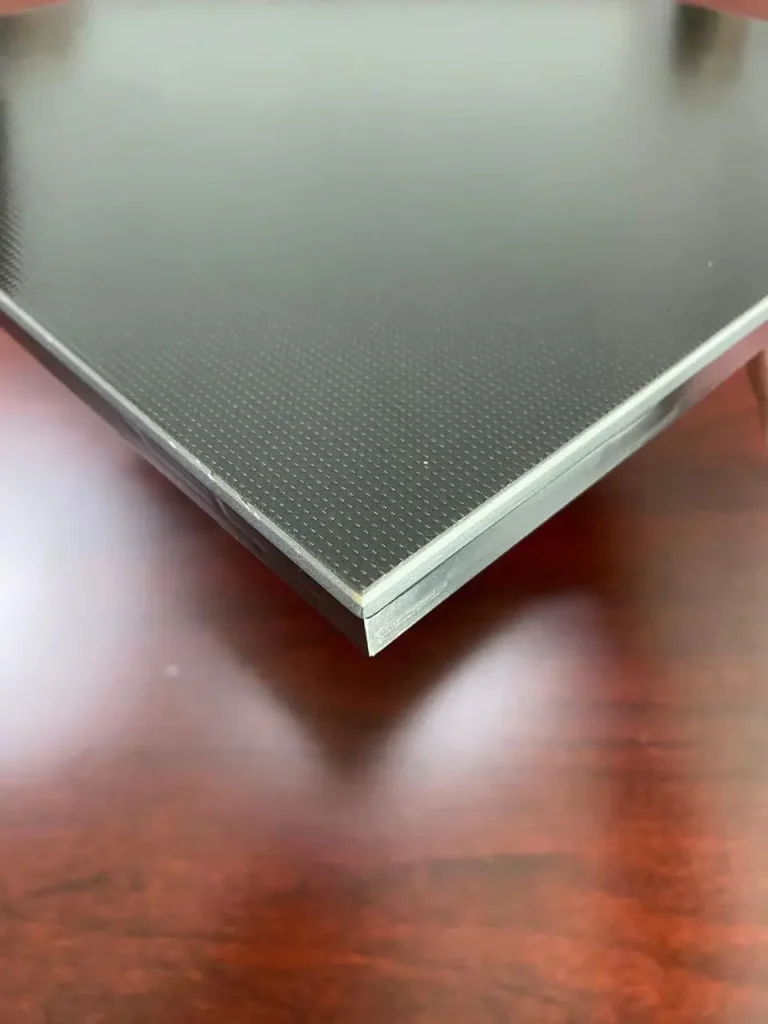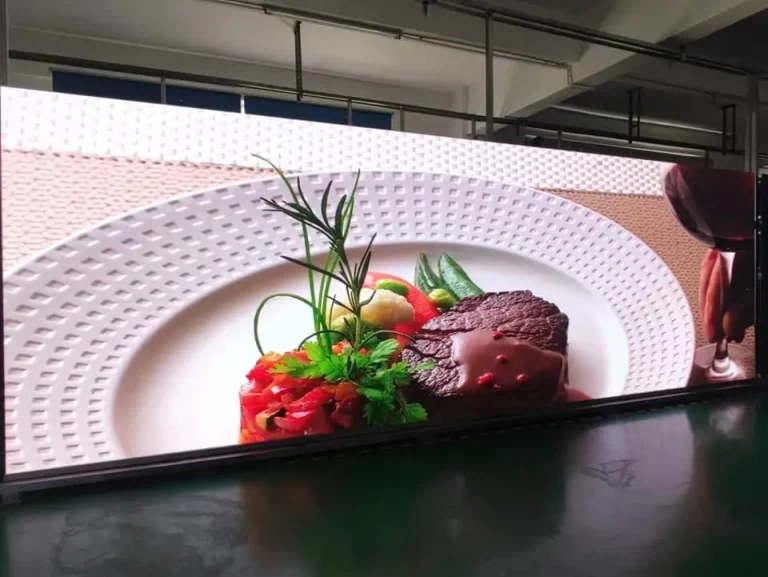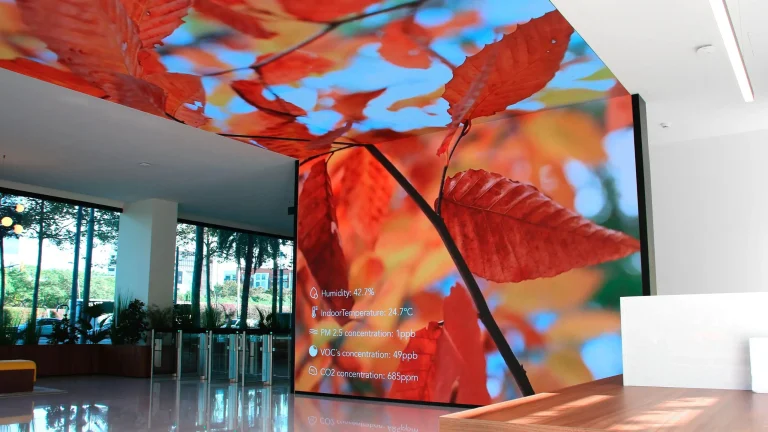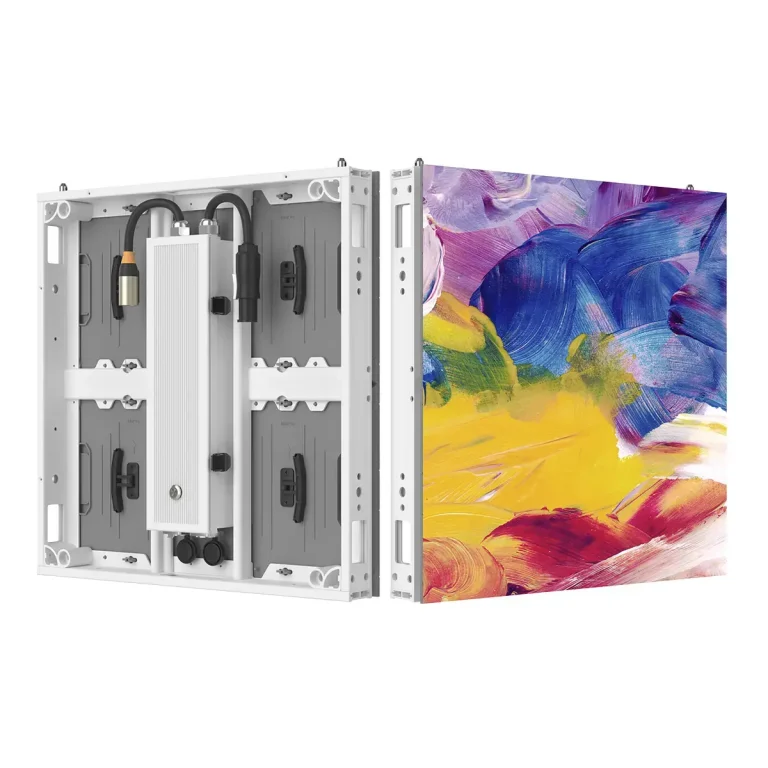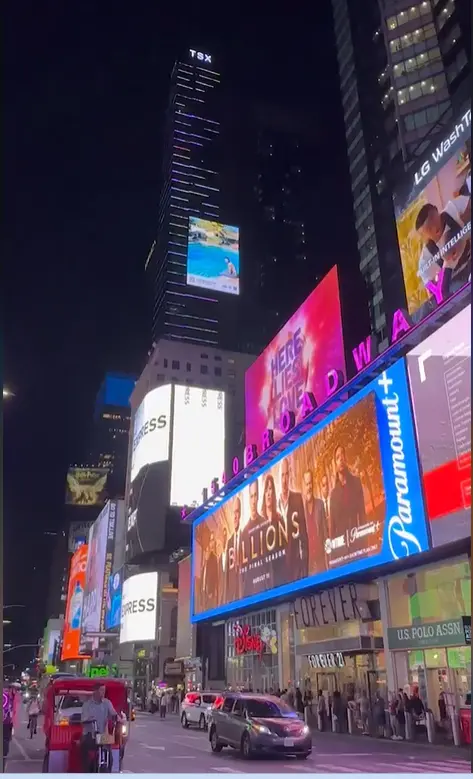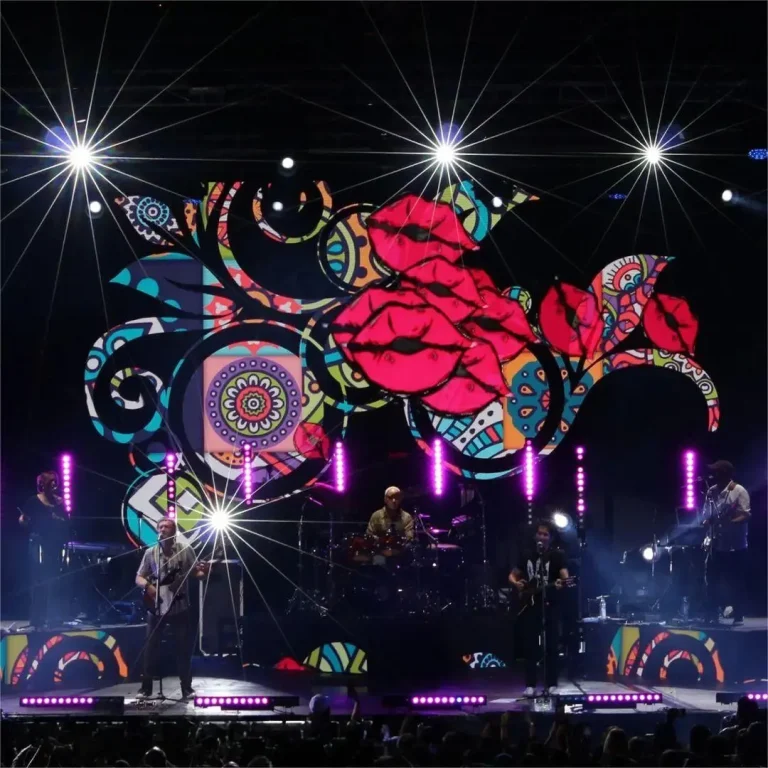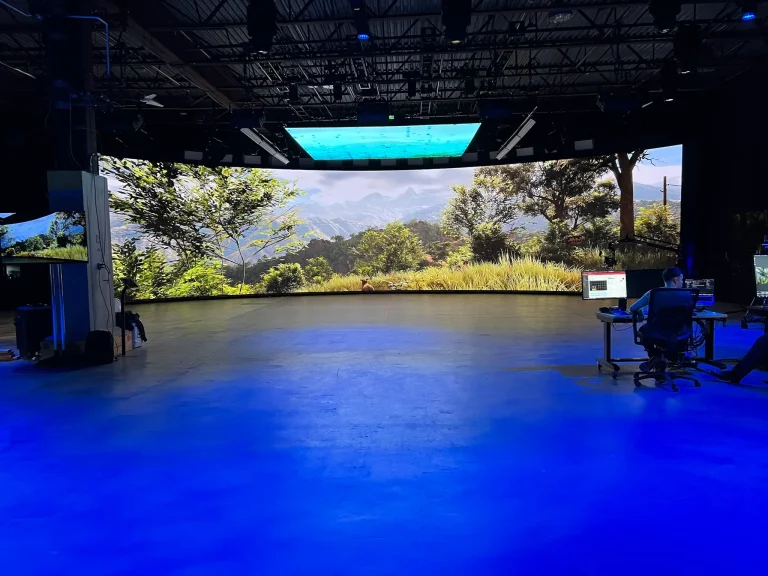A Comprehensive Guide to Screen LED–A brief introduction of Screen LED Display
In our increasingly digital world, Screen LED Display have become an integral part of our daily lives. From the dazzling displays of Times Square to the vibrant screens in our living rooms, Screen LED have transformed the way we consume information and entertainment. In this post, we will explore the fascinating world of LED Screen, shedding light on what they are, their remarkable features, their diverse applications, and the promising future that awaits them.
What is an LED Screen Display?
LED, which stands for Light Emitting Diode, is a semiconductor device that emits light when an electric current passes through it. Screen LED Display are composed of an array of these tiny, energy-efficient light sources, organized to create a display. The primary purpose of an LED screen is to provide a vivid and dynamic visual experience. Unlike traditional displays that rely on other technologies like LCD (Liquid Crystal Display), Screen LED produce their own light, resulting in brighter, sharper, and more energy-efficient visuals.
Screen LED Display are available in various forms, including LED TVs, LED billboards, LED panels, and more. They come in different sizes and resolutions, offering options to cater to a wide range of needs and applications.
Features of Screen LED Display
Screen LED boast an array of remarkable features that make them stand out in the world of visual displays:
- Brightness and Clarity: LED display screens are known for their exceptional brightness, making them suitable for both indoor and outdoor use. This brightness ensures that visuals remain vivid even in direct sunlight.
- Energy Efficiency: Screen LED are highly energy-efficient, consuming significantly less power than traditional displays. This makes them an eco-friendly choice while reducing electricity costs.
- Longevity: LEDs have a longer lifespan than many other display technologies. They can last for tens of thousands of hours, ensuring durability and cost-effectiveness.
- Color Accuracy: it offers superior color accuracy and vibrancy, providing a wide color gamut for lifelike visuals.
- Flexible Design: Screen LED can be designed in various shapes and sizes, allowing for creative and customized display solutions. They can be curved, transparent, or even flexible, enabling innovative applications.
- Low Maintenance: With fewer moving parts and longer lifespans, Screen LED require less maintenance, reducing downtime and operational costs.

Where are Screen LED Display Often Used?
Screen LED find applications in a multitude of industries and settings. Here are some common places where you can find Screen LED:
- Advertising and Marketing: LED billboards and digital signage are used for advertising in high-traffic areas, delivering dynamic and eye-catching content to passersby.
- Entertainment: Screen LED are an essential component of the entertainment industry. They are used in theaters, sports stadiums, and concert venues to provide a captivating visual experience to the audience.
- Information Displays: Screen LED are employed at airports, train stations, and bus terminals to convey essential information like departure times, directions, and news updates.
- Retail: LED Screen enhance the shopping experience by displaying product information, promotions, and interactive displays, helping retailers engage with customers.
- Education: In educational institutions, Screen LED are used for interactive learning, presentations, and displaying educational content in a modern and engaging way.
- Corporate Settings: In boardrooms and conference rooms, Screen LED facilitate effective presentations and video conferencing, ensuring clear and crisp visuals.
- Healthcare: In healthcare facilities, LED display are used for digital signage, wayfinding, and patient education, improving the overall patient experience.
The Future of Screen LED Display
The future of Screen LED Display is incredibly promising, with ongoing innovations and advancements in technology. Here are some key trends and developments to look forward to:
- Higher Resolution: it will continue to offer higher resolutions, making them suitable for applications like virtual reality and ultra-high-definition displays.
- Enhanced Flexibility: Flexible and foldable Screen LED will become more common, allowing for unconventional and adaptable display solutions.
- Improved Energy Efficiency: Advancements in LED technology will lead to even greater energy efficiency, reducing environmental impact and operating costs.
- Integration with IoT: LED screen display will increasingly be integrated with the Internet of Things (IoT), creating smart displays that can interact with the environment and users.
- Augmented Reality: Screen LED will play a crucial role in augmented reality (AR) applications, providing immersive and interactive experiences.
- Thinner and Lighter Screens: The development of thinner and lighter Screen LED will open up new possibilities for architectural integration and portable applications.
In conclusion, Screen LED Display have revolutionized the way we perceive and interact with visual information. Their remarkable features, diverse applications, and promising future make them an integral part of modern society. As technology continues to evolve, Screen LED will play a pivotal role in shaping the way we communicate, entertain, and educate, illuminating the path to a brighter and more visually captivating future.


